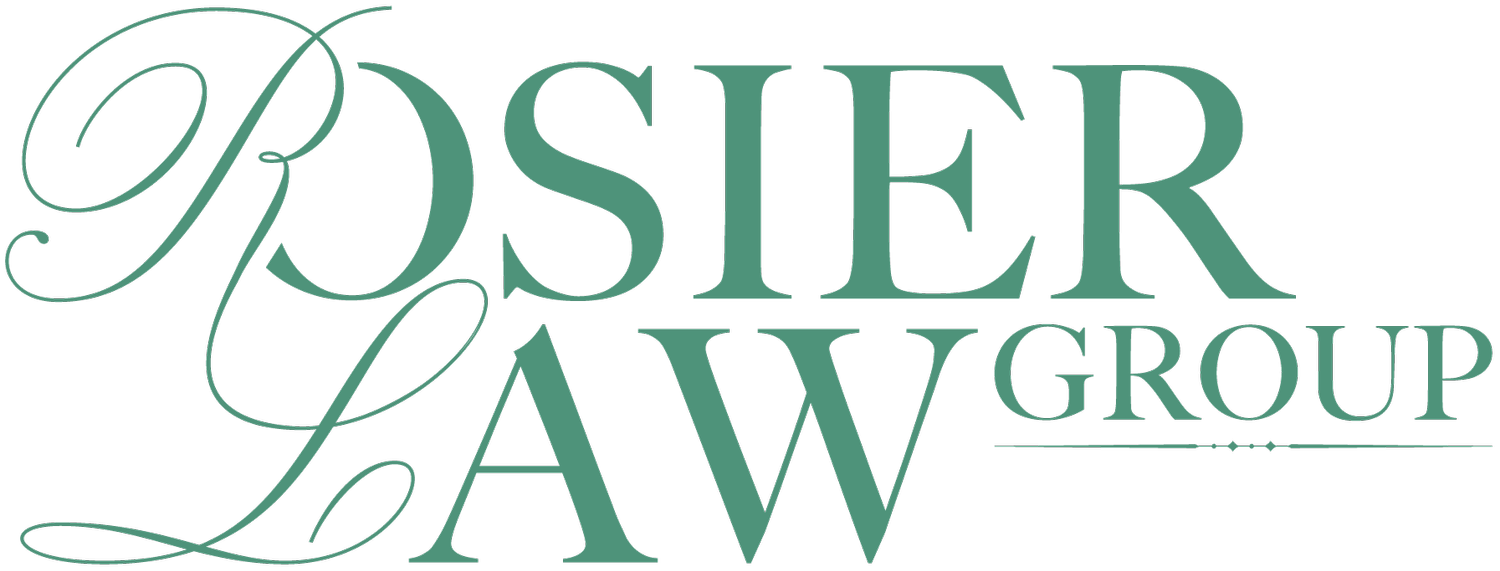When Should I Send A Cease and Desist Letter?
I have had a few clients reach out to me about when and how cease and desist letters should be used in light of newly discovered trademark or copyright infringement. So let’s talk more about it!
What is a cease and desist letter?
A cease and desist letter is a common method used in an attempt to resolve a dispute between two or more parties. A cease and desist letter is not going to be filed in court. Rather, this letter will be sent to the individual or business you have a conflict with to ask them to stop an activity that you believe is infringing on your rights.
In the case of copyright or trademark infringement, the cease and desist letter should, at a minimum, include the following key provisions:
The name of the trademark/copyright owner
The trademark and/or copyright and its registration number
A description of the trademark/copyright owner’s rights
A description of the infringer’s activity on the trademark/copyright
Any evidence demonstrating a similarity of the marks or nature of the goods, services, and/or copyrighted material
A request or demand for the infringing party to cease the activity within a defined period of time
Next steps that will be taken should the infringing activity continue (e.g. Legal action and fees)
When should a cease and desist letter be used?
Once a trademark/copyright owner becomes aware that a third party is infringing its trademark/copyright, the first step frequently is to send the infringing party a cease and desist letter as opposed to immediately resorting to filing a legal complaint, seeking a declaratory judgment, or filing a temporary restraining order. A cease and desist letter is important. It is drafted by the trademark/copyright owner or their legal counsel and demands that the infringing party stop infringing the mark at issue. The tone of a cease and desist letter can vary from severe, such that the letter strongly encourages the infringing party to cease the infringing activity or face a potential lawsuit, to a softer letter requesting that the infringing party cease its infringing activity.
A cease and desist letter can be sent by the trademark/copyright owner to the infringing party at any time once the trademark/copyright owner has become aware of the infringing activity. However, the owner should not delay in sending the cease and desist letter for an unreasonable period of time. Acting quickly demonstrates that the owner is taking steps to enforce its rights and helps the owner build a case against the infringing party should the issue need to be resolved through the legal process.
Whether you’ve received a Cease and Desist letter or need to respond to one, please feel free to reach out and request to speak with our team to discuss your case. We’re here to help!

